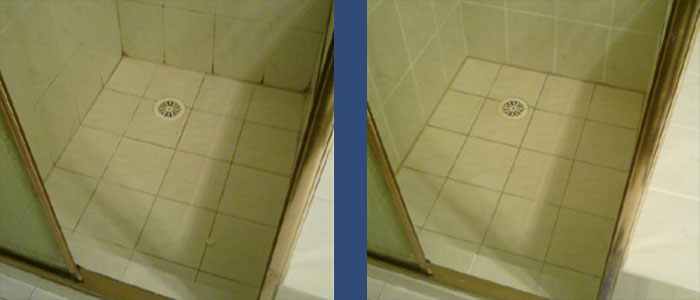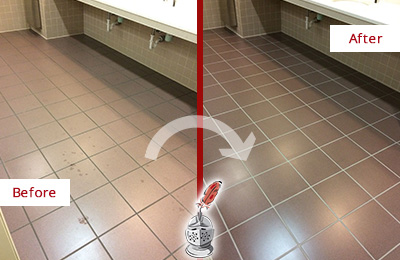Exactly How to Stop Water Damage in Your Bathroom
Exactly How to Stop Water Damage in Your Bathroom
Blog Article
We've encountered this great article relating to Looking for Signs of Water Damage in the Bathroom listed below on the net and thought it made good sense to write about it with you here.

The bathroom is very vulnerable for damp buildup and possible water damage because of the frequent use water in it. This article supplies simple examination techniques to assist detecting water damage threats.
The regular use water in the bathroom makes it very vulnerable for wet build-up and also prospective water damages. By examining it consistently, you can decrease water relevant damages.
The adhering to set of evaluations is simple to perform as well as should be done when in every 3 months in order to keep your restroom healthy and to stop potential water damages brought on by the tub, the shower, pipeline joints and plumbing, sinks, cupboards, and also the bathroom
Do not overlook performing these inspections and also be complete while doing them. Keep in mind that these straightforward assessments can save you a lot of cash by offering early signs for water damage
Bathtub and also Shower
The shower as well as bathtub call for special attention and also maintenance. Examine the floor tiles as well as replace if fractured. Ensure that there is no missing cement between the floor tiles. Examine and change broken caulking at joints where the wall surfaces satisfy the flooring or the tub. Clogged drains pipes and pipelines problems will certainly avoid the bathtub from drying out and might indicate severe problems under the bathtub. Seek advice from an expert immediately to avoid structural damage. Pay attention to discolorations or soft locations around the bathtub wall surfaces as they may suggest an inner leakage.
Plumbing
Signs for water damage are hard to find because the majority of pipes are mounted inside the walls.
Pay unique interest to floor covering as well as wall surfaces wetness and also discolorations as they might show an unseen plumbing trouble. Examine dampness degrees in adjacent areas too.
Sinks and also Cabinets
Sinks and also closets are revealed to wetness as well as moisture everyday as well as are typically neglected. Inspect routinely under the sink and on the countertop over it. Fix any kind of drip in the catch as it might suggest drain problems. Look around the sink, slow-moving draining pipelines might suggest a blocked drain. Change sink seals if they are fractured or loosened.
The Bathroom
The commode is a prone water junction. Check the water lines and search for leaks around the commode seat, in the tube, and also under the water container. If you identify any kind of indications of wetness on the floor around the toilet, check for leakages in the toilet rim and tank seals.
Be aware that hanging commode dish antiperspirants enhances the possibilities for clogs.
Water Damage Signs In The Bathroom To Avoid Cleanup
Musty smell
This is one of the easiest signs to catch because musty smells are so odorous. The damp, earthy, moldy smell should be a big red flag. The smell will develop when moisture gets trapped in surfaces, and begins to facilitate mold growth. Leaking pipes under cabinets, inside walls, and behind shower fixtures will cause moisture to stay trapped and not dry, which will lead to mold growth and spread. As soon as you notice any musty smells in your bathroom, have it checked for hidden water damage and cleanup signs.
Visible mold
If the smell isn’t there to give it away, sometimes you will actually see mold growth. Finding mold in your bathroom is a serious problem, because mold is very harmful to your health. By the time mold growth is visible, it also means that water damage has already occurred and been present for some time. The only way the mold problem can be resolved is to find the source of the moisture and get it stopped. To safely and adequately remove mold, you need to have professionals handle the remediation. Do not waste any time in getting mold problems addressed, fixed, and sanitized so that you can protect you and your family from the many respiratory symptoms caused by mold exposure.
Damaged floors
Bathroom floors should be able to withstand some exposure to water while still remaining in good condition. However, when excess exposure or water leaks occur, they will begin to damage even the most water-resistant flooring. If you notice any cracking, bubbling, staining, or warping on your bathroom floors, there is probably a water leak somewhere causing the distortion. If you notice areas of the floor have become softer, or even have a spongy feeling, there is probably damage to the subfloor. Subflooring is typically made up of plywood. When plywood is exposed to water or moisture, it will absorb it. Once it has become saturated, the weight of the excess water will cause the wood to swell and soften. Check the floors in your bathroom frequently to catch any of these sings before they lead to damaged subflooring.
Changes on walls
When water leaks behind walls, it will cause changes in the drywall. Peeling plaster, blistering paint, and soggy wallpaper are all good indicators that excess water is building up behind the wall. Water leaking behind drywall will cause it to swell and be soft to the tough. If you start to notice gaps along the trim of your walls, or where tile meets the wall, it could also be a strong indicator that there is a leak behind the wall. Any changes, distortion, or damage on the walls should be evaluated as soon as you notice it to prevent further water damage and cleanup.

Hopefully you liked our part on Looking for Signs of Water Damage in the Bathroom. Thank you for finding the time to read our blog post. So long as you enjoyed reading our blog post kindly don't forget to share it. Thanks so much for taking the time to read it.
Schedule Estimate Report this page